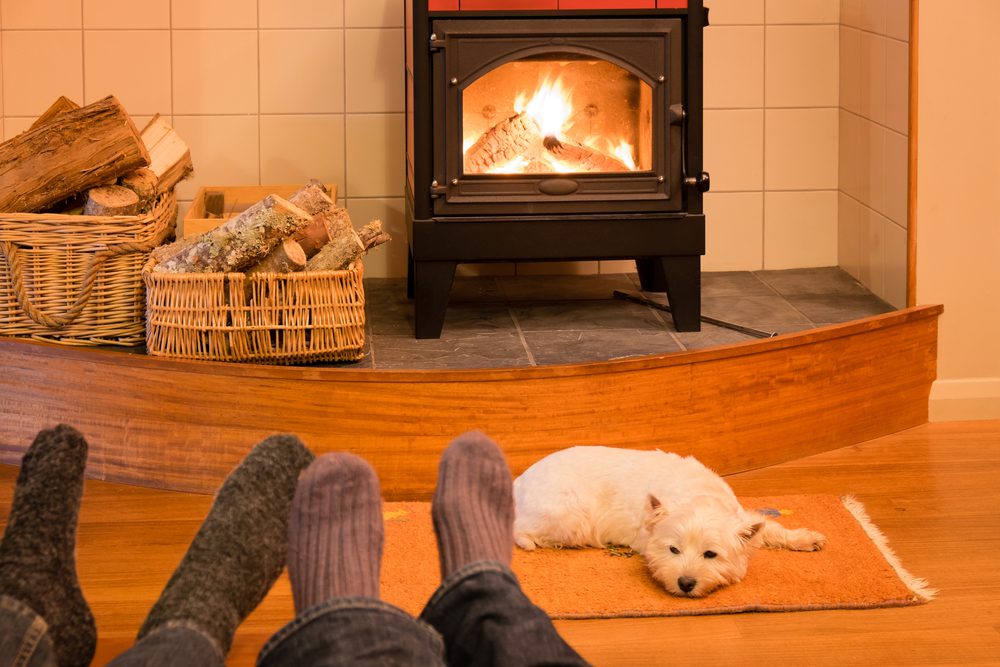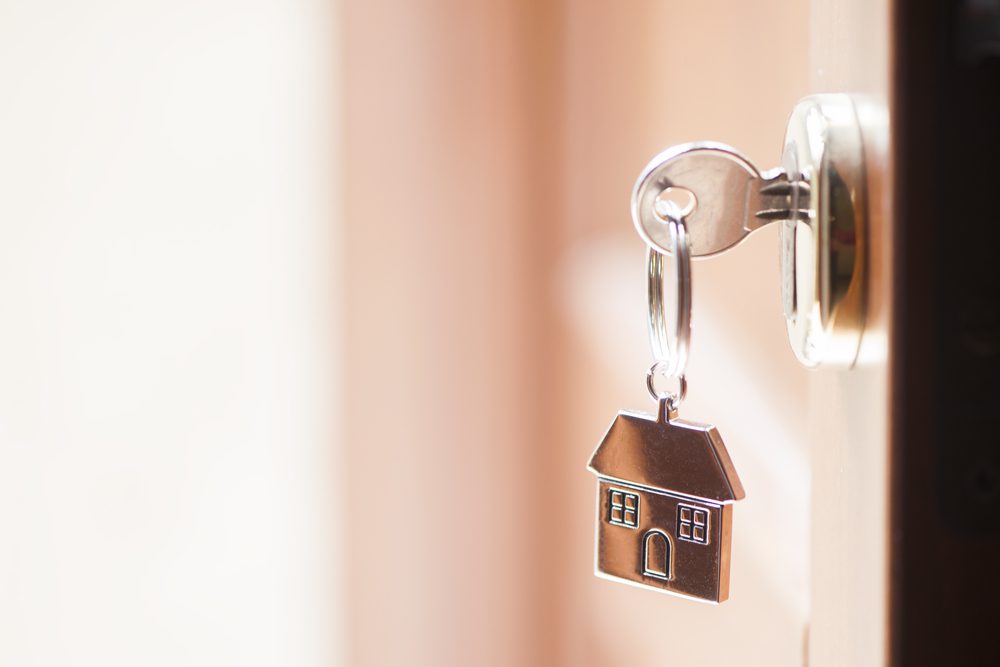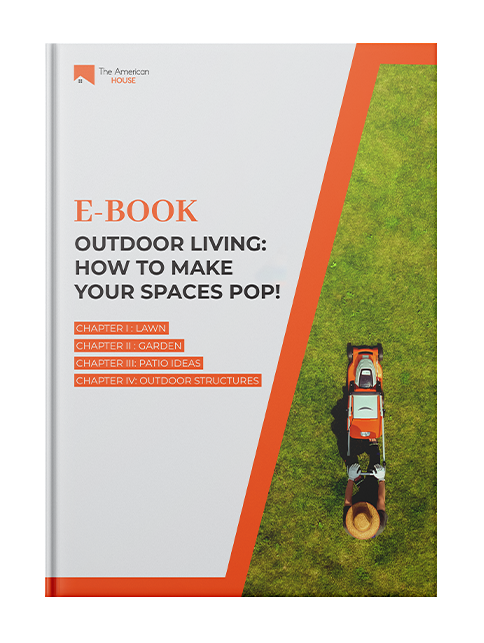
Wood-burning stove
We think of wood-burning stoves as a charming thing. But unfortunately, it’s also a course of pollution. The fire can eject chemicals like formaldehyde and nitrogen oxides that affect the rest of the community when the stovepipe liberates smoke.
Newer models of this household lung hazard are getting progressively cleaner, and natural gas is an even more hygienic option.
But if you still use this option for your home, you should especially avoid pressure-treated timber, which has been treated to protect against insects and rotting and is more toxic than untreated wood.
If you enjoy making fires, try not to burn the treated kind of lumber from old swing sets, fences, or stairs, either. It could lead you to breathe in high levels of the toxin-chromated copper arsenate.
Not sure where you can get some untreated wood? Head over to your local hardware store and speak with a specialist, or buy some on Amazon!
Cockroaches
The feces and other bits of these household lung hazards’ bodies eventually turn to dust, which will settle on your bedding, floors, and the rest of your furniture. You obviously breathe it in when it gets mixed up in the air by activities like vacuuming.
This can cause allergies and many other breathing issues. Children who come into contact with this type of stuff can develop asthma. So it helps to keep your house as dry and clean as possible, especially carpet and fabrics.
We hope you found this article on household lung hazards informational. But don’t leave just yet. The American House has many more great tips and tricks for you. For instance, you might want to check out: The Best Home Maintenance Checklist for ALL 12 Months of the Year





